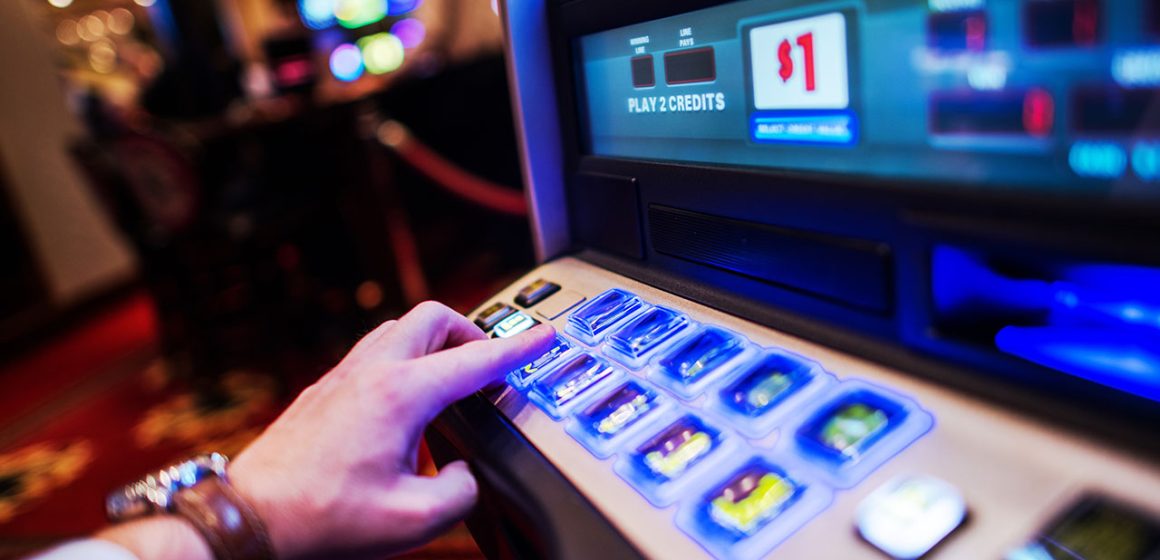Millions of individuals worldwide are drawn to the $449 billion gambling industry. The slot machine is by far the most lucrative and readily available attraction in these casinos, even though games like Texas Hold ‘Em poker draw more attention.
These gadgets look familiar, yet they are mysterious to the average individual. Slots are games that have been around since the late 1800s and originated in the California Gold Rush. They entice players and make money for their owners using the laws of probability and chance.
Over the past century, slot machine design has changed from mobile mechanical parts to primarily electronic components, yet its allure and appeal have not diminished. With the introduction of computer servers and live data broadcasting, slot machines are ready to intrigue and perplex a new generation of gamblers trying to score the big jackpot.
In this article, we will dive into the history of slot machines to see how they have evolved. Moreover, we will also discuss the technology and mechanics used in modern slot machines.
History of Slot Machines
Stillman and Pitt of Brooklyn, New York, invented the first slot machine forerunner in 1891. Five rotating drums with ten playing cards each made up the contraption. Players inserted nickels into the device and pulled a lever to start the poker game, which was played on the machine.
Like modern slot machines, this vintage machine included spinning drums, and players would try to get a decent poker hand to win a prize. Nevertheless, those fortunate enough to win had to alert personnel because there was no automatic payout system. Soon after their introduction, these machines became quite well-liked in pubs all over the country.
Due to the nature of poker, developing an automatic payment for this kind of machine would have been technologically impossible at the time. Chris Few, a mechanic, came up with a far more straightforward concept. Fey created his own version of the slot machine between 1895 and 1897 while he was a resident of San Francisco.
Three spinning reels, each with a total of five symbols, were employed in Fey’s design. Horseshoes, diamonds, spades, hearts, and the Liberty Bell – from which the machine got its name – were some of these emblems. The Liberty Bell slot machine was quite popular because it could pay out players immediately if they hit a combination of three symbols.
All subsequent slot machines would draw inspiration from it, and today’s modern slot machines are still influenced by it, as many of them use the same symbol designs.

Modern Slot Machines
The technology used in slot machines has not improved all that much by today’s standards. The core component of a slot machine’s operation, the Random Number Generator (RNG), has been around for years.
RNG mechanics are simple to understand. A slot machine’s reels include game symbols, and the precise quantity of symbols varies between slots. Each symbol has a particular value assigned by the RNG. When a player presses the spin button, a value is randomly selected.
Each reel’s symbol is determined by the number that has been chosen. The player will collect their prizes in accordance with any winning combinations the symbols provide.
Each slot has a unique payout frequency and ratio that cannot be altered. The likelihood of finding a winning combination is known as the payout frequency, and it can be anywhere from very high to very low. If the frequency is high, there is a higher chance that the slot will hit a winning combination.
When compared to a modern video game system, even the newest slots with more than three reels, numerous reward lines, and interactive games are straightforward. However, numerous existing networked machine prototypes are being copied by new advancements in the gambling game industry.
Slot machine designers have recently collaborated closely with video game architects to replicate some of the visual appeal seen in virtual gaming. Slot construction incorporates group competition, 3D graphics, and video monitors.
Furthermore, slots have adopted a pop culture identity to appeal to a younger generation of gamblers. At gaming expos, titles with “Lord of the Rings” and “Sex and the City” themes have already been seen. Designers have even introduced multi-level games to entice players back.
The ability to connect slots to servers, much like office computer networks, is one of the most exciting advancements in slot technology. Thanks to this innovation, casinos could simply manage minimum bets, percentages paid, and the kind of game offered on a machine.
Moreover, these actions or elements might be changed in accordance with the hour of the day, the degree of activity on each floor, or perhaps the players’ private information. Furthermore, these networks will enable the streaming of live games to screens and recommend various slot games to players.
Final Thoughts
Slot machines have always been popular due to the tension they produce with their spinning reels and the allure of easy money. Setting the minimum stake is straightforward for the typical individual, and playing only requires hitting a button.
Slot machines have since been eclipsed by other table games like poker, which is heavily televised, and the thrilling live-action of craps. Popular gaming machines from the past can continue to draw in new gambler generations by adapting to the times and utilizing new technologies.
While slot machine mechanics remain unchanged, innovations are being made to offer a more enjoyable experience to players. This has kept the gamblers interested in slots. We can expect more changes in slot machine technology in the future.


Leave a Reply